With electric vehicles being on the rise, there should be regulations for the use of electric modes of transportation — such as Electric Bikes (EBikes). Canada has rules imposed across its provinces to govern manufacturing standards and safety requirements. Some of general requirements are as follows:
Power: 500W
Max Speed: 32 kph (20 mph)
Weight: Less than 120 kg
Wheel Diameter: Greater than 350 mm / 406 mm
Wheel Width: Greater than 35 mm
Braking Distance: Less than 9 m
Pedals: Required
Handlebar (for Steering): Required
Front Light: Required
Rear Light: Required
Age Restriction: Varies (Usually 16 years and older)
Helmet: Required
License: Not required across the country, but some places may require a learner’s permit
Local governments have added or modified some regulations to ensure that the road use of ebike riders fit the demand of their provinces. Here’s a quick guide to the varying requirements of each province.
Alberta
Ebikes are still considered bicycles and are classified as a “power bicycle” in Alberta and they follow most federal requirements with minor additions and adjustments.
Overview:
Requirements for riders:
-
Wear a motorcycle helmet
-
Be at least 12 years of age
-
Abide by the traffic rules
These are NOT a requirement for owning and operating an ebike:
-
Have a license or insurance
The Ebike must possess:
-
A designated bike seat for the passenger if in case the rider is to bring a passenger
-
A fully operating pedals
-
A maximum speed of 32 kph (20 mph)
-
Maximum power of 500 W
British Columbia (BC)
Ebikes are classified as a “motor-assisted cycle” in BC. The province imposes additional requirements alongside the federal requirements:
Overview
Requirements for riders:
-
Wear a motorcycle helmet
-
Be at least 16 years of age
These are NOT a requirement for owning and operating an ebike:
-
Have a license
-
Have an insurance
The Ebike must possess:
-
A fully operating pedals
-
A maximum speed of 32 kph (20 mph)
-
Maximum power of 500 W
-
A “Power-Assisted Bicycle” label on the Ebike
-
A maximum of only three wheels that are in contact with the ground
-
Wheels that have a diameter greater than or equal to 350 mm and should include a rubber tire
-
A bicycle’s motor that disengages when the rider does the following:
-
Applies brake
-
Refrain from pedaling
-
Releases the accelerator
Manitoba
Manitoba classifies ebikes as “power-assisted bicycles” and follows federal requirements such as power, speed, and age restrictions.
Overview
Requirements for riders:
-
Wear a motorcycle helmet.
-
Be at least 14 years of age.
-
Be at least 16 years old with a C5 driver’s license (for Ebikes with motor capacity that does not exceed 50 cc or speed of 50 kph)
-
Abide by the traffic rules applicable to regular bicycles.
-
Stay off the sidewalks and be as close to the curb as possible.
These are NOT a requirement for owning and operating an ebike:
-
Have a Class 5 license (Ebike that is 50 cc or 50 kph)
The Ebike must possess:
-
A fully operating pedals
-
A maximum speed of 32 kph (20 mph)
-
Maximum power of 500 W
-
A maximum of only three wheels that are in contact with the ground
-
An on-and-off switch for the motor
-
A white front light
-
An amber or red rear reflector
-
A bicycle’s motor that disengages when the rider does the following:
-
Applies brake
-
Refrain from pedaling
Newfoundland and Labrador
Overview
Requirements for riders:
-
Wear a helmet
-
Be at least 14 years of age with a permit
These are NOT a requirement for owning and operating an ebike:
-
Have a permit (14-17 years old)
-
Have a license for 18 years and older
The Ebike must possess:
-
A fully operating pedals
-
A maximum speed of 32 kph (20 mph)
-
Maximum power of 500 W
-
A white front light (Regardless of the time of the day)
-
An amber or red rear light or reflector (Regardless of the time of the day)
Others:
-
Riders may use an accelerator for propulsion
New Brunswick
New Brunswick classifies Ebikes as “electric motor-driven cycle” and has set standards for Ebikes to roam the road legally.
Overview
There are no:
-
Age restrictions in place
-
The standard weight limit for the Ebike itself
-
Restrictions regarding the use of cargo/child trailers
The Ebike must possess:
-
A fully operating pedals
-
A maximum speed of 32 kph (20 mph)
-
Maximum power of 500 W
-
A headlight and taillight that is visible from 150 m
-
A seat with a distance of 27 in from the ground
-
A permanent label of “Power-Assisted Bicycle” was provided by the manufacturer and is attached to the ebike
-
A 9-in wheel rim or larger
-
A Canada Motor Vehicle Safety Standards (CMVSS) compliance for limited--speed motorcycle
Others:
-
Register your ebike with the motor vehicle registration authority of New Brunswick
Nova Scotia
Nova Scotia classifies Ebikes as “Power-Assisted Bicycles.”
Overview
Requirements for riders:
-
Wear a helmet (approved standard) with a chinstrap
-
Drive within one-meter distance from the curb
The Ebike must possess:
-
A fully operating pedals
-
A maximum speed of 32 kph (20 mph)
-
Maximum power of 500 W
-
Two wheels or four wheels where one is at least 350 mm
Others:
-
Ebike is not recognized as a motor vehicle and is not required to meet regulations provided by CMVSS.
-
Permitted on all roads
Ontario
Ontario also classifies ebikes as “power-assisted bicycles” with a working motor, pedals, a braking system, handlebars, and no more than three wheels.
Overview
These locations have ebike rider restrictions:
-
Controlled access highways
-
400 Series
-
Kitchener-Waterloo Expressway
-
Queen Elizabeth Way
-
Queensway (Ottawa)
-
Prohibited trails, bike paths, and lanes
-
Sidewalks and Municipal Roads
Requirements for riders:
-
Wear a helmet
-
At least 16 years of age
-
Abide by the rules imposed on cyclists
The Ebike must possess:
-
A fully operating pedals
-
A maximum speed of 32 kph (20 mph)
-
Maximum power of 500 W
-
A maximum weight (for ebike with battery) of 120 kg
-
Wheels with a width of 35 mm and diameter greater than or equal to 350 mm
-
A braking system that is within 9 m (level asphalt) can bring the bike to rest at a speed of 30 kph. Apply brakes to each wheel.
Prince Edward Island (PEI)
Ebikes that use a motor for propulsion are classified as a “power-assisted bicycle” in Prince Edward Island.
Overview
Requirements for riders:
-
Wear a helmet
-
Be at least 16 years of age
-
Abide by the rules imposed on cyclists
These locations have ebike rider restrictions:
-
Prohibited highways
-
Prohibited trails, bike paths, and lanes
-
Sidewalks and Municipal Roads
The Ebike must possess:
-
A fully operating pedals
-
A maximum speed of 32 kph (20 mph)
-
Maximum power of 500 W
-
Handlebars for steering
-
No more than three wheels are in contact with the ground with a minimum diameter of 406.4 mm.
-
A maximum weight (for ebike with battery) of 120 kg
-
A permanent label of “Power-Assisted Bicycle” was provided and attached by the manufacturer on the ebike.
-
A headlight and taillight that is visible and securely mounted
-
Bell or horn (Fully functional)
-
An on-and-off mechanism for the motor separate from the accelerator allows the rider to activate and deactivate until three (3) kph.
These are NOT a requirement for owning and operating an ebike:
-
Have a license or insurance
Quebec
Quebec also classifies Ebikes as “Power-Assisted Bicycles.”
Overview
Requirements for riders:
-
Wear a helmet
-
Be at least 14 years of age
-
Have a scooter or moped (Class 6D) license to ride a Power-Assisted Bike if younger than 18.
The Ebike must possess:
-
A fully operating pedals
-
A maximum speed of 32 kph (20 mph)
-
Maximum power of 500 W
-
A permanently attached compliance label provided by the manufacturer
Others:
-
Ebike is not recognized as a motor vehicle and is not required to meet regulations provided by CMVSS.
Saskatchewan
Saskatchewan divides the PABs into two (2) classifications:
-
Power Cycles
-
Electric Assist Bicycles
Power Cycles:
Requirements for riders:
-
Wear a helmet
-
Abide by the rules imposed on cyclists
These are NOT a requirement for owning and operating an ebike:
-
Have at least a learner’s Class 7 license (Classes 1-5 can also operate)
The Ebike (Power Cycles) must possess:
-
A maximum speed of 32 kph (20 mph)
-
Maximum power of 500 W
-
A sticker attached to the bike indicates compliance
Others:
-
Meet CMVSS requirements for PABs
Electric Assist Bicycles
Requirements for riders:
-
Wear a helmet
-
Be at least 14 years of age
These are NOT a requirement for owning and operating an ebike:
-
Have a license
The Ebike (Power Cycles) must possess:
-
A maximum speed of 32 kph (20 mph)
-
Maximum power of 500 W
SUMMARY
Now that you are equipped with the information, visit CLOUD eBikes to begin your ebike journey! You may also visit our store and we deliver everywhere in Canada. We hope to serve you soon.








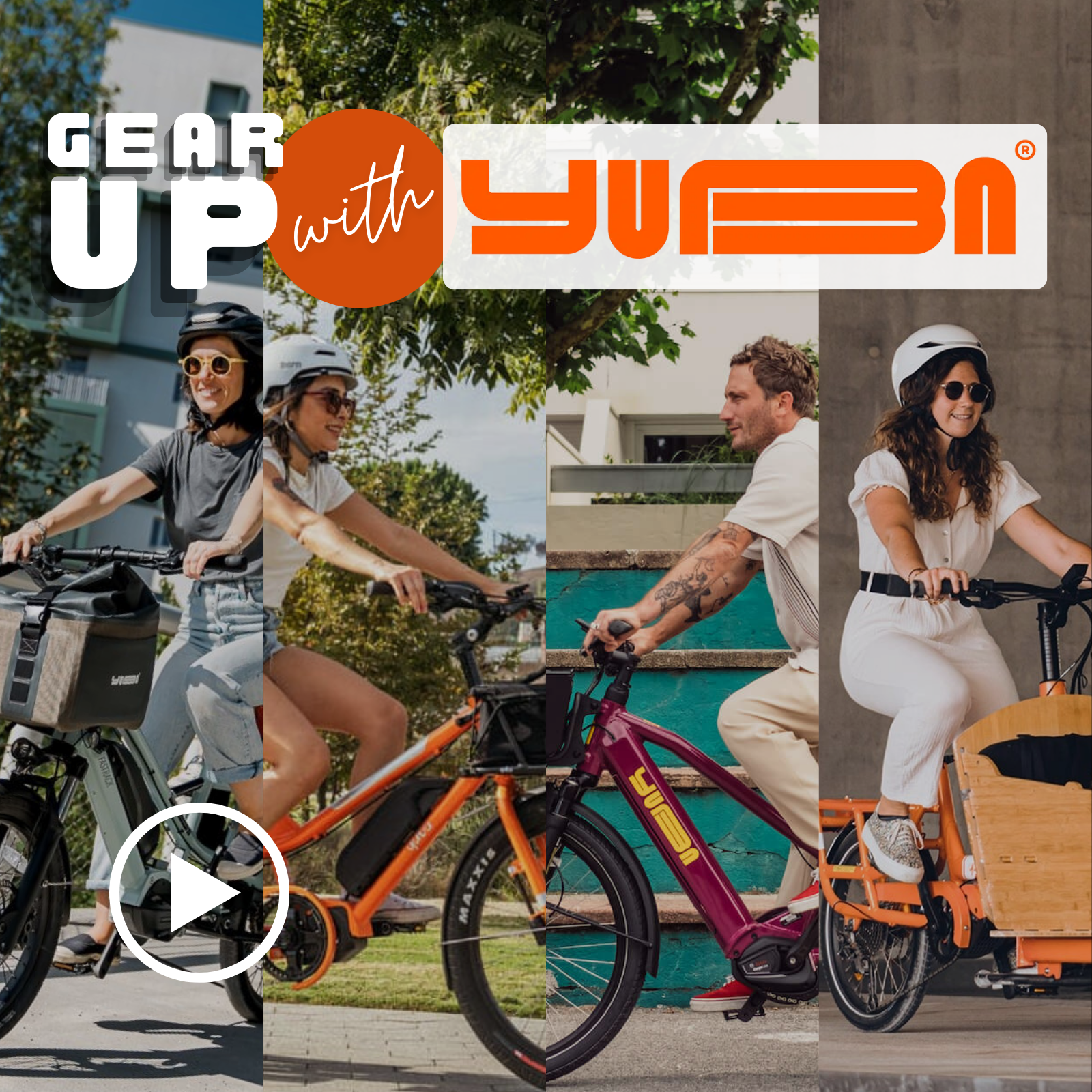


























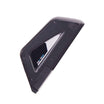



















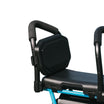














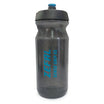


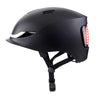
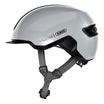

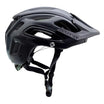








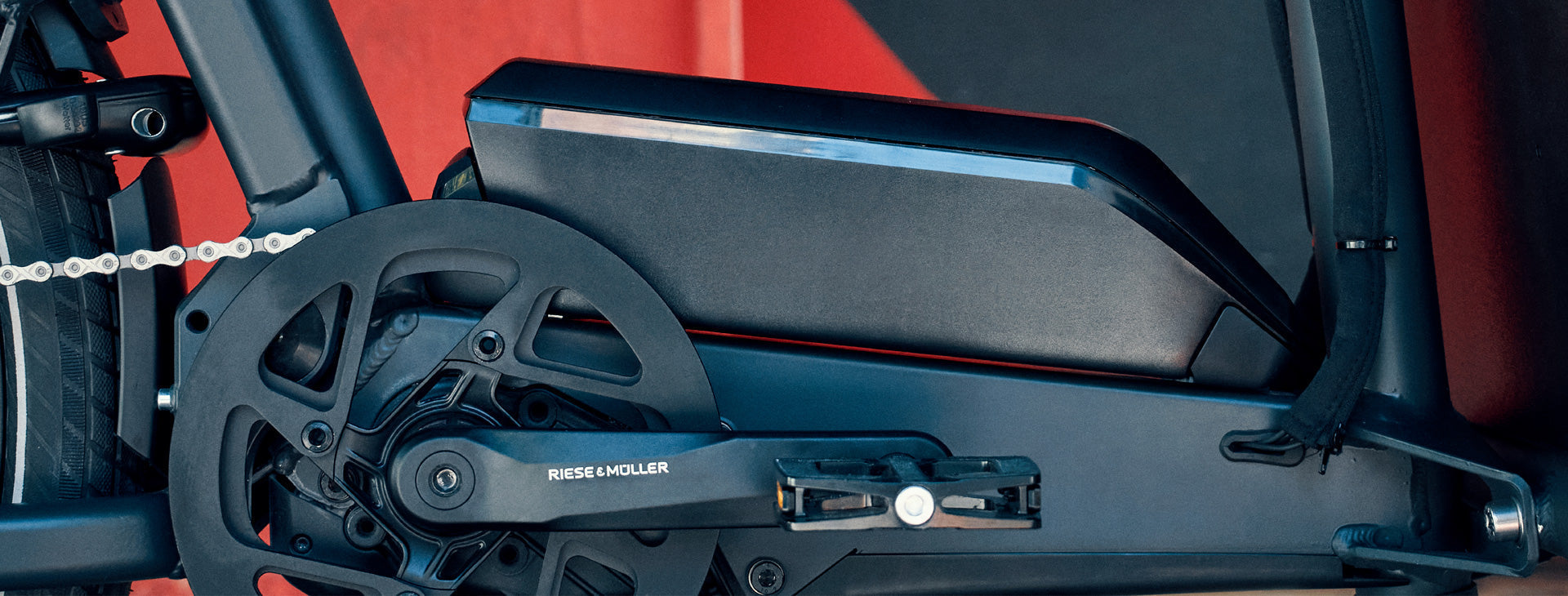

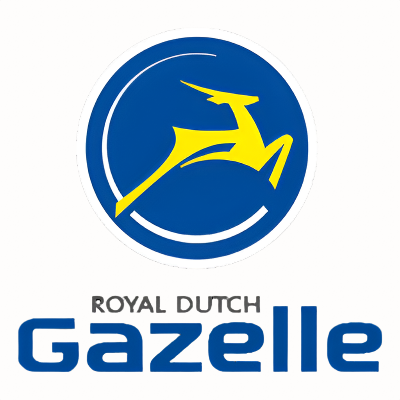








Leave a comment
This site is protected by hCaptcha and the hCaptcha Privacy Policy and Terms of Service apply.